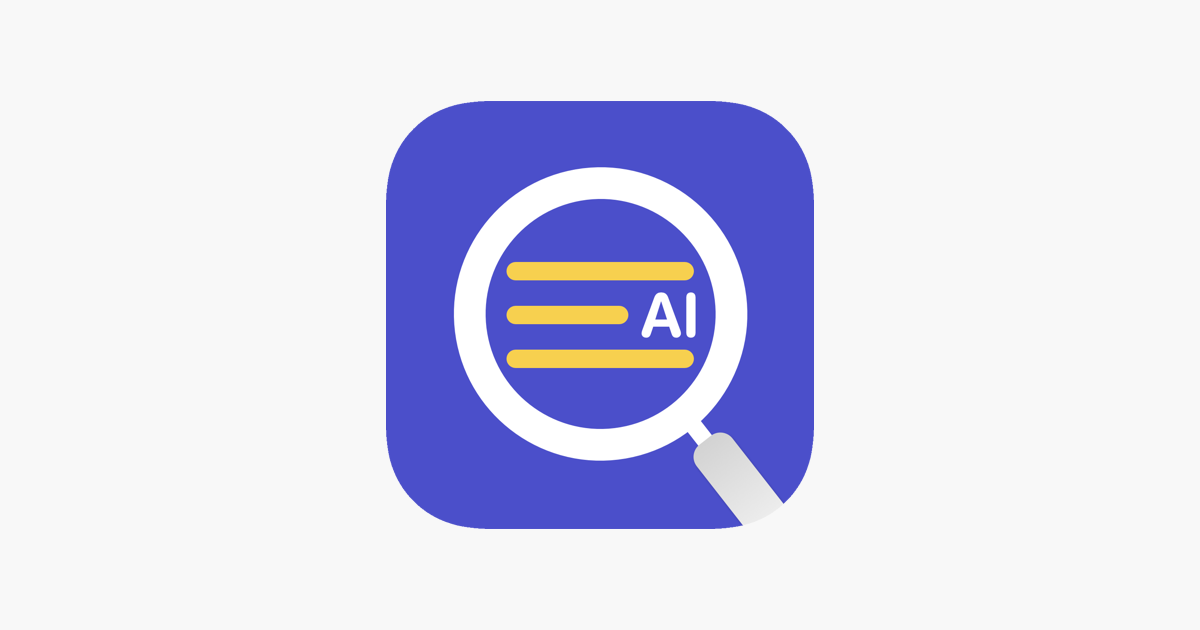Detector de IA: The New Frontier of Digital Authenticity

In a world where artificial intelligence is rapidly transforming how we write, communicate, and create, the detector de IA has emerged as an essential tool for truth and transparency. As AI-generated content continues to blur the line between human creativity and machine intelligence, understanding how these detectors work—and why they matter—has become more important than ever.
The Rise of AI-Generated Content
The last few years have seen an explosion of AI-driven writing tools that can compose essays, generate marketing copy, and even craft poetry. While this revolution has opened up exciting opportunities for productivity and innovation, it has also raised a fundamental question: how do we distinguish between human-made and machine-made content?
That’s where the detector de IA steps in. These intelligent systems are designed to analyze text and determine whether it was created by a person or by an algorithm. They work quietly behind the scenes, protecting originality, academic integrity, and online trust.
How a Detector de IA Works
At its core, a detector de IA relies on linguistic patterns, probability models, and data analysis to identify the subtle fingerprints left behind by artificial intelligence. While AI-generated text may look natural to the human eye, it often contains certain mathematical consistencies—repetitive phrasing, even sentence lengths, and predictable structures—that detectors can pick up.
Advanced detectors use natural language processing (NLP) and machine learning to analyze writing style, tone, and word choice. They can score a piece of content on a spectrum—from “likely human-written” to “likely AI-generated.” Some detectors even offer detailed breakdowns, showing which sections of a text might have been influenced by AI.
Why AI Detection Matters
The detector de IA has become vital across many sectors. In education, teachers and institutions use AI detectors to ensure that students are producing original work rather than relying solely on AI tools. In journalism and content creation, detectors help editors confirm the authenticity of articles and prevent misinformation.
For businesses, detectors can ensure the credibility of reports, proposals, and customer communications. Even social media platforms and online publishers are integrating AI detection systems to maintain content integrity. In short, the detector de IA has become the guardian of digital authenticity in an increasingly automated world.
The Ethical Side of Detection
While AI detection is powerful, it also sparks an ethical debate. Should we always reveal whether content is generated by AI? Or can AI-assisted writing still be considered creative and legitimate if it serves human goals?
Many experts argue that transparency is key. Readers deserve to know when they’re engaging with content produced by a machine. The detector de IA plays a crucial role in ensuring that line remains visible. However, others believe the focus should not be on banning AI-generated writing, but rather on encouraging responsible use—where humans and AI collaborate rather than compete.
Challenges in Detecting AI Text
Despite its sophistication, no detector de IA is perfect. As AI language models become more advanced, their outputs grow harder to distinguish from human writing. Tools like ChatGPT and similar systems produce nuanced, context-aware, and emotionally intelligent text.
This evolution forces detectors to constantly adapt. Some struggle with false positives—marking human writing as AI-generated—or false negatives, where machine text passes as human. Developers of AI detectors are now training systems on vast new datasets to make them more accurate and fair across different languages and writing styles.
The Future of AI Detection
The future of detector de IA technology looks promising and dynamic. With AI advancing daily, detection tools will likely evolve into multi-layered systems that analyze not just text, but also tone, metadata, and even visual elements. Imagine a world where videos, images, and sound clips can all be analyzed to detect AI involvement.
In the coming years, we may see detectors built directly into browsers, content management systems, and educational software. This integration could make authenticity checks as common as spell-checking today.
Balancing Innovation and Integrity
AI has brought endless creative possibilities, but with that comes the responsibility to use it ethically. The detector de IA helps maintain that balance, reminding us that while machines can mimic creativity, true expression comes from human emotion and experience.
Instead of viewing detection as a restriction, we can see it as a safeguard—a way to ensure that technology empowers, rather than replaces, human imagination. As long as AI continues to evolve, detectors will remain our partners in preserving authenticity, trust, and originality in the digital era.
Conclusion
The ai detector is not just a technological invention—it’s a reflection of our growing need for truth in an age of artificial intelligence. It bridges the gap between innovation and ethics, helping us navigate the fine line between human and machine creation.
As the digital world expands and AI continues to shape the way we live and work, detectors will serve as silent sentinels—protecting honesty, encouraging creativity, and reminding us that even in a world powered by algorithms, authenticity still matters most.
- Monuments historiques
- Restaurant Traditionnel
- EĞİTİM BİLGİLERİ
- Mode
- Formation
- Information
- Restaurant
- culture
- تسويق
- Tourisme
- سياحة
- تنمية
- Découverte
- Art
- Causes
- Crafts
- Dance
- Drinks
- Film
- Fitness
- Food
- Oyunlar
- Gardening
- Health
- Home
- Literature
- Music
- Networking
- Other
- Party
- Religion
- Shopping
- Sports
- Theater
- Wellness


